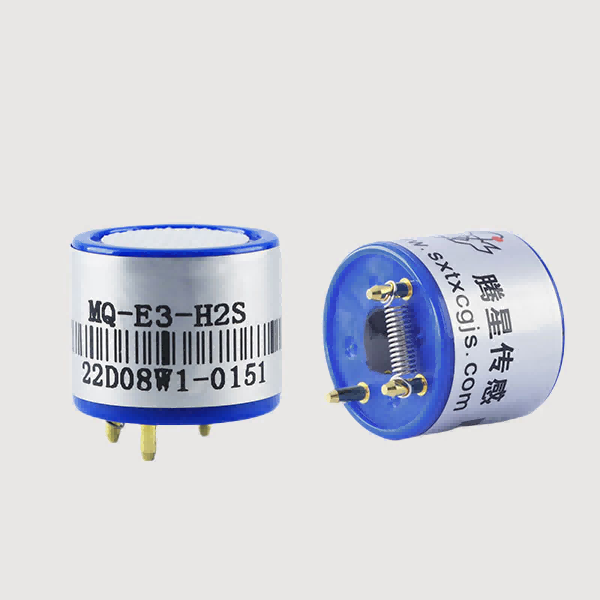


Hydrogen sulfide(H2S) is a colorless gas that is a strong irritant to the eyes, respiratory tract and mucous membranes. It is a strong neurotoxin. When the concentration of hydrogen sulfide in the air exceeds 30ppm, it will cause poisoning. At low concentrations, it smells like rotten eggs, and at high concentrations, it can cause a dull sense of smell and make people unable to smell.
Hydrogen sulfide production site:
1. Chemical industry. The production and manufacture of sulfur-containing compounds such as parathion, ethion, dimethoate, sulfonamide, etc.; petrochemicals, coal chemicals, natural gas chemicals, rubber vulcanization processes, etc. can all produce hydrogen sulfide.
2. Oil extraction. During the drilling and extraction of oil, a large amount of hydrogen sulfide can often be ejected due to the impurity sulfur in the oil.
3. Leather making and monosodium glutamate. Sodium sulfide is used to remove hair when tanning leather, and sodium sulfide is used to remove iron when producing monosodium glutamate, which can produce hydrogen sulfide.
4. Papermaking, sugar making, and food processing industries. In some production processes using animals and plants as raw materials, hydrogen sulfide can be produced due to the fermentation and corruption of organic matter.
5. Mining and smelting industries. All kinds of ores contain impure sulfur, and a large amount of hydrogen sulfide can be produced during mining and smelting; hydrogen sulfide is also produced when certain metals are purified with hydrogen sulfide to generate their insoluble sulfides.
6. Fishing industry. Hydrogen sulfide can be produced after the fish in the fish tank is corrupted, which can easily lead to poisoning when ventilation is poor.
7. Sewage pipes and underground operations. Cleaning pickling pools, sewers, sewage ditches, septic tanks, and garbage dumps often exposes you to high concentrations of hydrogen sulfide. 8. Chemical cleaning operations. 8.Cleaning operations use sulfur-containing cleaning agents. Equipment, containers, pipes, heat exchangers, etc., whose materials and scale contain sulfur and sulfur compounds, will produce hydrogen sulfide gas under certain conditions.
H2S is highly flammable and can form explosive mixtures when mixed with air. It can cause combustion and explosion when exposed to open flames or high heat. Therefore, in workplaces where hydrogen sulfide leaks occur, a fixed hydrogen sulfide detection alarm is installed to monitor hydrogen sulfide gas in real time.
H2S is heavier than air and tends to gather in low-lying areas and spread to a considerable distance. It will catch fire and backfire when it encounters a fire source. Therefore, when constructing a hydrogen sulfide online monitoring system, the hydrogen sulfide detector is installed at a distance of (30~60) cm from the ground, the monitoring host is installed in the duty control room, and the number of hydrogen sulfide detectors is arranged according to the on-site conditions. Recommended H2S sensor Tensensor in hydrogen sulfide detector:

H2S sensor MQ-E3-H2S main features are low power consumption, high precision, wide linear range, strong anti-interference ability, excellent repeatability and stability.
Main technical parameters:
| Detectioin gas | H2S |
| Detection range | 0~100ppm |
Max range | 500ppm |
| Sensitivity | (0.8±0.15)µA/ppm |
| Resolution | 0.1ppm |
| Response time(T90) | <30s |
| Zero drift(-20℃~40℃) | ≤0.2ppm |
| Temperature range | -20℃~50℃ |
| Humidity range | 15%~90%RH |
| Life | 2 years(in air) |
For more gas detection needs, please visit Tensensor official website to view more sensor specifications. For detailed consultation, please contact us:
ShanXi TengXing Sensor Technology Co.,Ltd
Website: www.tensensor.com
Email: [email protected]